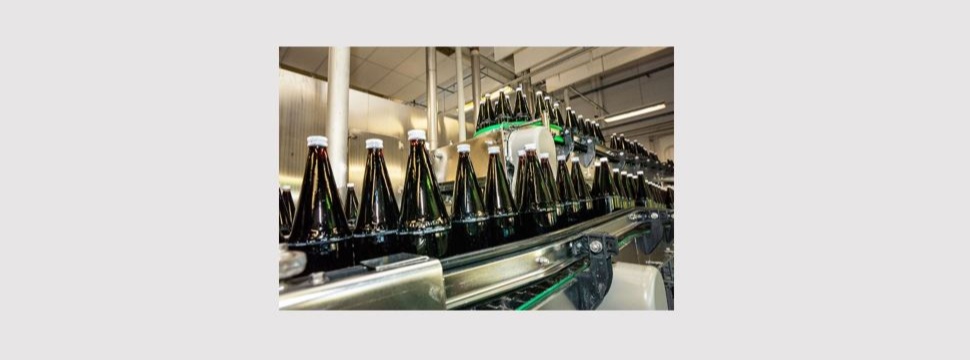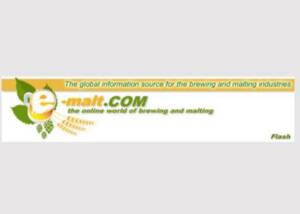VdF publishes industry data - fruit juice market in flux
News General news
Two years of the pandemic have also left their mark on the German fruit juice market. In addition to declining sales in the catering and out-of-home catering sectors, which are particularly evident in the fruit juice classics, the German Fruit Juice Industry Association (VdF) can also report positive developments. For example, consumers have increasingly turned to fruit juice specialties in times of lockdown. Products that offer added health value were particularly in demand last year. Strengthening the immune system was a goal many consumers found easy to achieve with fruit juices, "Low Hanging Fruits," literally.

The bottom line was that per capita consumption was 28.5 liters in 2021, according to initial estimates from the Fruit Juice Association. A decline of 1.5 liters, which could be offset by the expected recovery of the food service and out-of-home markets. Whether this will happen depends to a considerable extent on the development of prices along the entire value chain, from which hardly any industry is currently spared. Klaus-Jürgen Philipp, President of the VdF, comments: "What is currently causing us great concern, in addition to energy costs, are the rising freight and raw material prices. Furthermore, bottlenecks in packaging are increasing due to disrupted supply chains."
The tight situation in the raw commodity and freight sectors currently offers little planning certainty for 2022, with container freight prices from Asia, the main supplier of mango, passion fruit and pineapple, up 800 percent and containers from South America up 400 percent. The raw material itself has also become considerably more expensive due to weak harvests and rising energy costs during processing. The industry is also currently concerned about supply bottlenecks for packaging, some of which is no longer available at all.
The sometimes exponential price increases along the value chain have to be borne by the fruit juice industry, but cannot always be passed on to the food trade to the extent required. For VdF President Philipp, all players are equally challenged in this challenging market situation: "Mutual understanding and acceptance for the greatly increased expense on the part of our member companies is a decisive factor in sustainably securing the extraordinarily diverse German fruit juice market with hundreds of companies, from the regionally operating wine press to the internationally positioned branded manufacturer."
Fruit juice producers score with innovations and diversity
The diversity of the German fruit juice market was also increasingly evident last year in the range of high-quality fruit juice specialties to which consumers frequently turned. New innovations ranging from shots to blends with added benefits helped the segment increase its market share from 33.7 percent in 2020 to 35.9 percent in 2021. Smoothies are also developing strongly within their market share, with an increase of 16.2 percent. Organic juices round off the broad product range. Here, orange juice in particular increased in volume by 6.2 percent to 24.3 percent.
Diversity is also expressed in the range of fruit juices from the region. For decades, these juices have been an integral part of the product range of numerous wine press houses in Germany. For them, sourcing fruit from the region is the most important source of their raw material. Just under 356 million liters were pressed by fruit juice producers in 2021. The volume was thus in line with the long-term average. 320 million liters of this are conventional goods and 35 million liters are organic goods. Orchard juices are bottled, among other things, in the association's own VdF returnable glass system, which has been established on the market for 50 years and is currently enjoying increasing popularity again.










